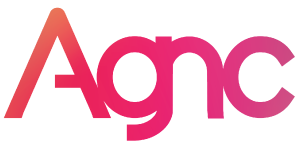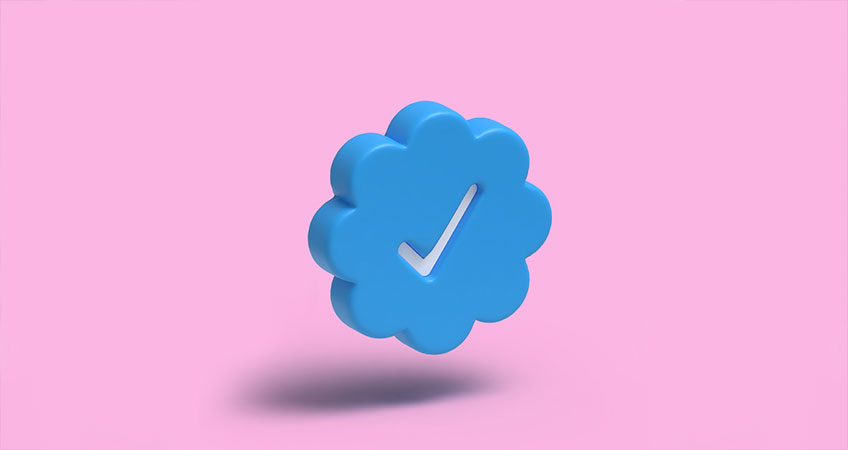If you happen to be recognized as a public figure, or if you’re gradually building a fanbase online, social media verification is an important step in professional branding. But what does it take to actually get verified? And how can you increase the chances? The rules vary from one platform to the next, but there are certain standard formalities that positively set the stage for verification.
The Checkmark Means Credibility:
Author Kevin Leyes explains that, “being social-media verified gives you instant authenticity. If a platform deems you authentic, other users will view you the same way. This also leads to accumulating social proof. Social proof is the idea that if others are approving or taking part in something, it must be right.” Here are a few quick tips on how to increase the odds of being verified by social media platforms:
- First and foremost, make sure you have a complete and up-to-date profile. This includes having user-friendly imagery as your profile photo, an articulate bio, and well-configured settings on all account features.
- Once your profile is in good shape, start creating a catalogue of content that’s substantial. This could be anything from blog posts, photography, infographics, videos, or anything else that will demonstrate a large body of work.
- As you’re creating this content, develop an infrastructure of links that interconnect all of your social media profiles. This will make it easier for people (especially platforms) to discover and confirm the accuracy of who you are.
- If you have any industry-specific skills or knowledge, consider writing sophisticated literature, or giving interviews about topics related to your field. This will help establish you as an expert in your field, rather than just a passing cloud.
- If you’re a business or brand, one of the best ways to get verified is by having an active and well-maintained website. Be sure to include links to official social media profiles on your website(s), and make it easy for people to find your contact information.
- If you’re a celebrity, politician, or other type of public figure, you’ll have an easier time getting verified if you have an official landing page or Wikipedia page. Be sure to include links to your social media profiles on these pages, so that all information about you flows through a centralized avenue.
- Finally, reach out to the social media platforms directly and inquire about verification. Specific guidance will clarify any additional preparations that need to be completed.
Conclusion:
Social media platforms are continuing to grow in popularity. Which means the need to verify accounts is getting more and more important. For businesses, verifying customer-facing accounts instills confidence in consumers. And for individuals, verification means being able to grow personal brands without getting interrupted by imposters. The bad news is that getting verified always involves a certain amount of negotiation. But the good news is that the right type of preparation/planning can make verification all but inevitable.

